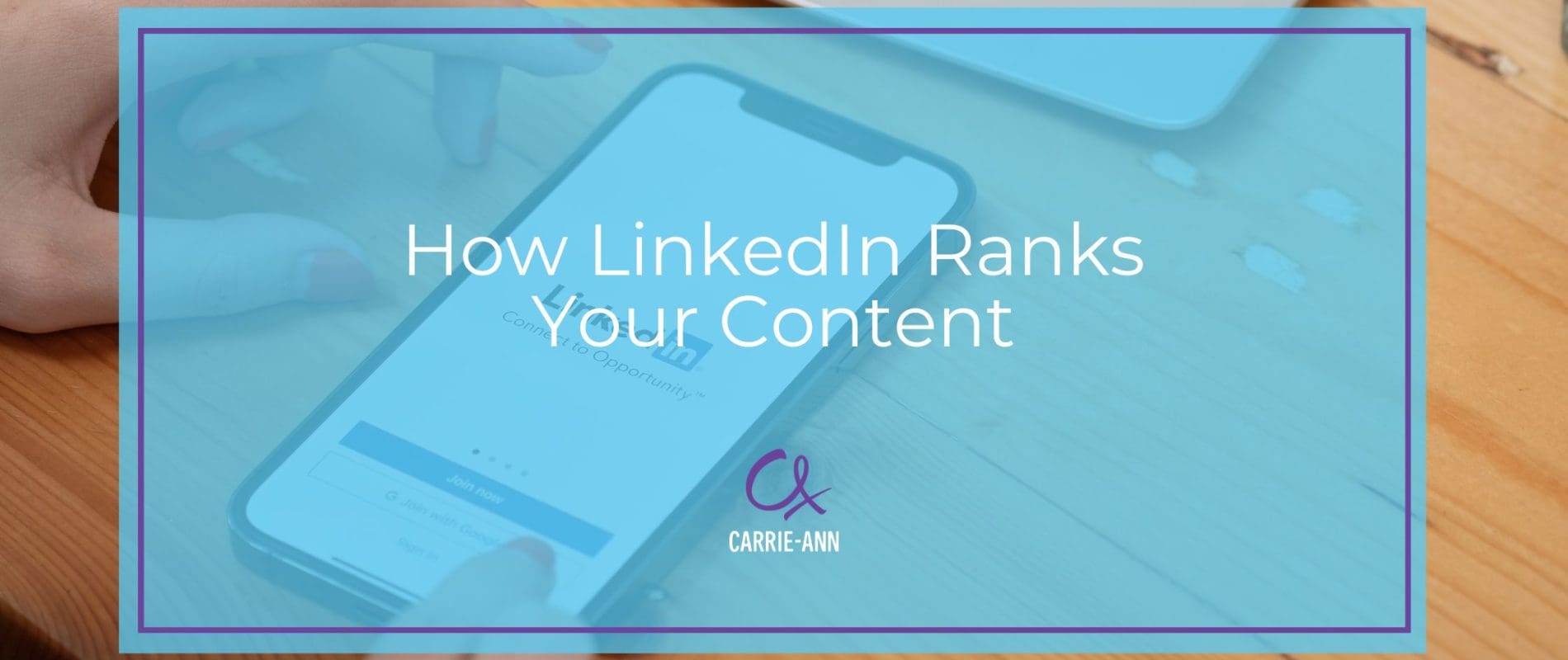
How LinkedIn Ranks Your Content
LinkedIn has carved out its own distinct share of the social media market by establishing itself as the indispensable forum for B2B businesses and professionals. It has left Facebook and Twitter far behind by focusing on the needs and preferences of businesses. It has transformed a niche market into a huge global network of ideas, opinions, connections, knowledge and resources. Today, leading industry publications look to LinkedIn as a credible and legitimate source of reference.
The first question to ask is how does the LinkedIn algorithm rank content? The second and third questions are what changes is the platform planning to introduce and how will they affect LinkedIn users?
LinkedIn Then
The LinkedIn ranking algorithm is described as organic which means it places as much importance on how people engage with content as it does on the content’s quality and uniqueness. LinkedIn thrives on the connections between people, therefore it ranks content according to its popularity level, which encompasses the hottest current topics as well as evergreen material.
When you use LinkedIn, you’ll be conscious that it is constantly trying to lead you to connect with other users, which it identifies by the overlaps between your profiles. If you work in book publishing then, over time, it will try to hook you up with editors, book marketers, literary agents, creative writing lecturers, book reviewers and anyone whose job has relevance to you. But while it is doing this, the LinkedIn algorithm is also helping other users to find you. Pete Davies, a senior director at the platform described it as ‘People you know, talking about the things you care about’ to which we might add ‘people you ought to know’ and ‘things you need to know about’.
LinkedIn Now
LinkedIn recognises a need to improve user experience, partly because that’s what it’s there for and partly because its business model will only succeed if it keeps users fully engaged. In the past, some have criticised the LinkedIn algorithm for exerting excessive control over what users see. One of the changes it is soon to implement will reduce the prescriptiveness of the LinkedIn ranking process and give users more control over their feeds. If certain categories of content are not relevant to them, they will be able to block them. To continue our publishing example, a dealer in antiquarian books may have zero interest in the latest controversies on the UEA creative writing MA course.
Feeds will show more targeted activity from a user’s network and prioritise the most valuable posts. Users will eventually be able to block political content, although this is currently trialling in the US only, and both comments and notifications will be filtered to stem the current tidal wave.
LinkedIn hopes that by making these adjustments it will answer critics of what seems to be its slightly indiscriminate ranking process and create a much more personalised experience. There will be some who lose out, mainly those who have exploited the permissiveness of LinkedIn by using ‘growth hacks’ which artificially attract audiences. In future, content creators will need to concentrate on quality and rely on the new LinkedIn ranking regime to propagate that content to an audience that will genuinely engage with it.